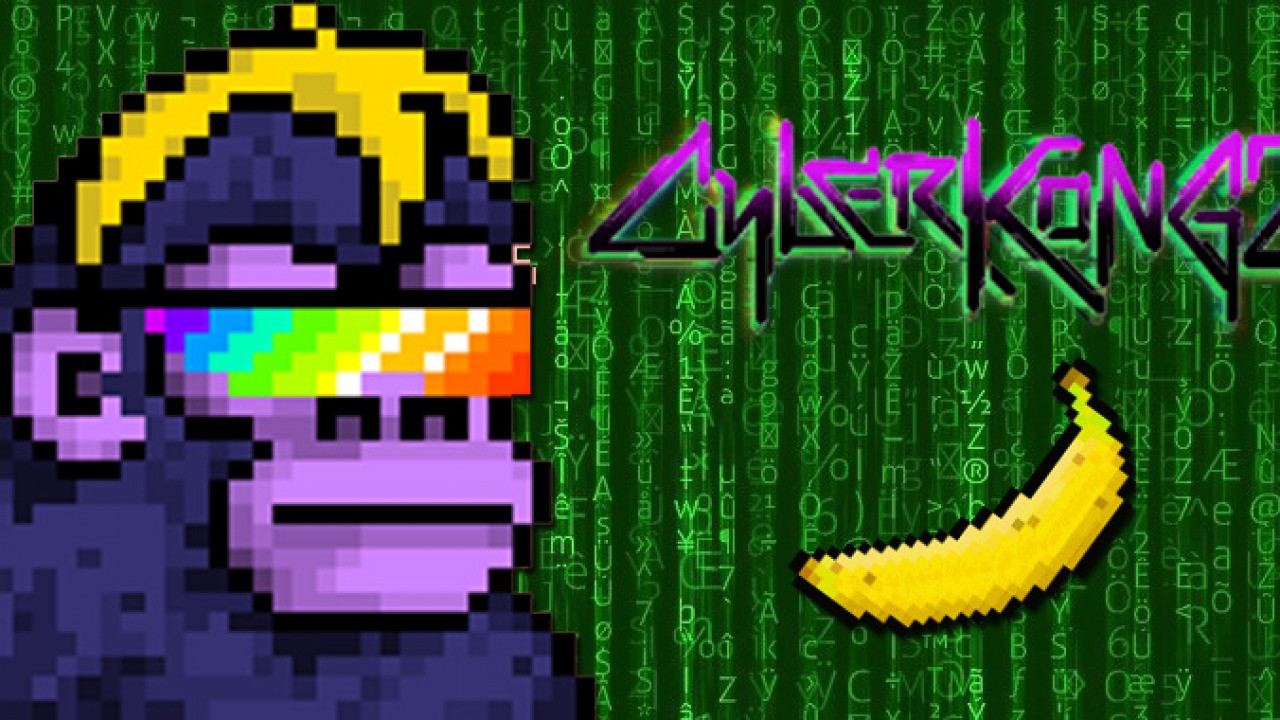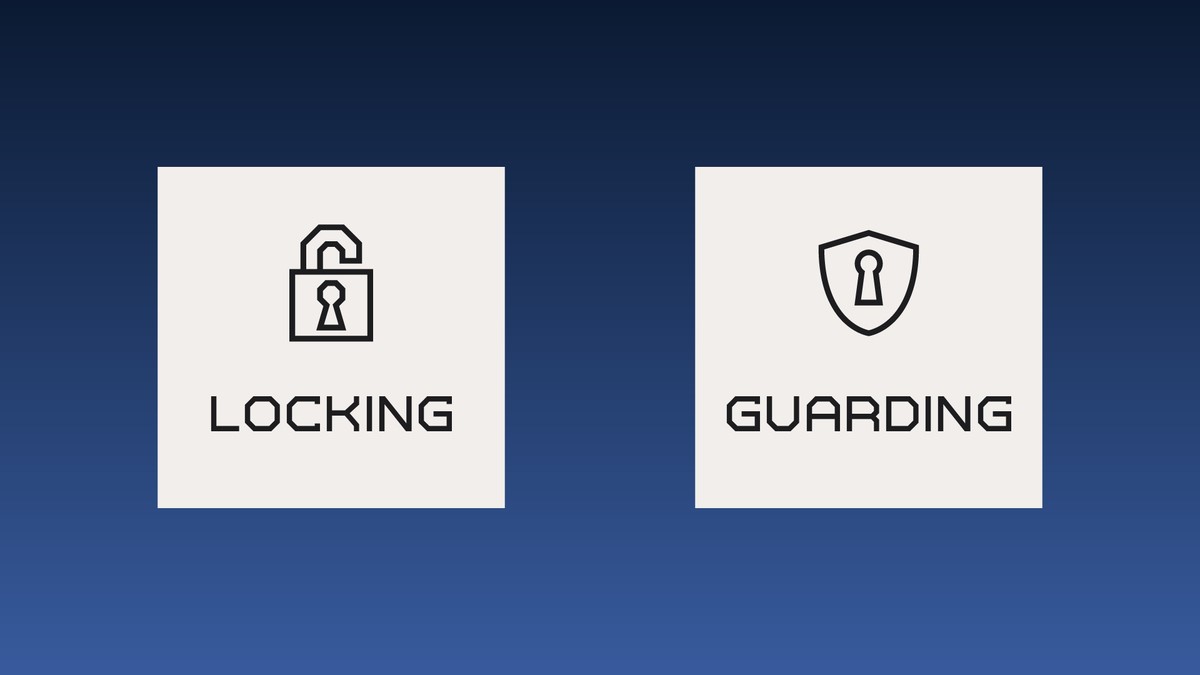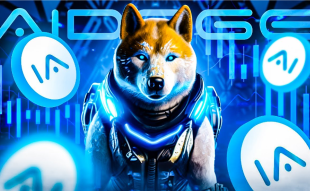Join Our Telegram channel to stay up to date on breaking news coverage
CyberKongz has unveiled its development of the ERC721X standard which is aimed at providing more security for Non-Fungible Tokens(NFTs) on Web3. The standard, which is an extension and improvement of ERC721, offers multiple layers of security and increases the convenience of using a hot wallet.
Revolutionizing NFT Security
The web3 space has been a playground for scammers and hackers who have made it more difficult to secure assets such as NFTs. More recently, scamming techniques have advanced and sometimes it only takes a single click to lose all the assets in your wallet.
In a bid to help secure NFTs, CyberKongz, through its lead developer -OwlofMoistness, redesigned the ERC721X standard by adding more layers of security. Essentially, the ERC721X was created from the ERC721 to solve some of its shortcomings.
Introducing ERC721x: A safer implementation of the ERC721 standard ⚔️
This technology gives you the convenience of a hot wallet, with the added security of a cold wallet.https://t.co/DGwuSRrI5d pic.twitter.com/7DoNivnMwv
— CyberKongz (@CyberKongz) June 26, 2023
For instance, it allowed for multiple types of collectibles through multi-fungible tokens. It also reduced the gas fees by about 100 times allowing users to make more profit from their sales. The ERC721X is also compatible with most platforms which makes it a seamless integration, unlike other similar solutions such as ERC1178.
CyberKongz has now added 2 layers to the standard to improve the security of wallets. The layers, locking and guarding, each function differently to provide more security based on the user’s needs.
On-Chain 2FA
The first layer allows users to ‘lock’ their NFTs using the lock registry hence their assets cannot be transferred without permission from whitelisted addresses. Once locked, these assets become immovable until they are unassigned from the lock registry, offering high levels of asset protection.
Additionally, CyberKongz has also given NFT holders a one-of-a-kind option for stakeless staking. This brilliant idea expands the parameters of asset usage, allowing holders to maximize the advantages of their assets without giving up ownership.
Users who choose to lock their NFTs will find their wallets accumulating consumables, amplifying the inherent value of their holdings, especially with their upcoming Genkai mint. The locking layer allows for parallel staking, and users can use the assets on various systems while still locking them in place.
The other layer is the guarding layer which offers 2-factor authentication(2FA) before releasing an asset. Unlike the first layer where the asset is locked in the holding wallet, this layer makes use of a second wallet, a guardian. The guardian wallet then locks the asset in the holding wallet the second time.
As such, the transfer of an NFT will require the approval of the guardian wallet resulting in an on-chain 2FA. CyberKongz advises that the second wallet be a hard or cold wallet which strengthens the security.
“The Guardian Contract allows you to enjoy the convenience of a hot wallet, while adding the security of a cold/hardware/multi-sig wallet on top. It even allows you to guard assets that already reside on a hardware wallet with a second hardware wallet to add another layer of protection from signing unwanted transfer or approval transactions,” CyberKongz wrote.
So far, some notable collections like 9gag & Keungz have already implemented the standard on their collection and CyberKongz will add to the list with its Genkai mint soon.
Related articles
- Federal Judge Permanently Bars Metabirkins NFT Maker from Selling Birkin-Based Collectibles
- Top Selling NFTs This Week – Blue-chip Azuki and Beanz NFTs Rise in Rankings
- U.S. Federal Judge Rejects Binance’s Bid to Restrict SEC’s Language in Binance U.S. Press Releases
Join Our Telegram channel to stay up to date on breaking news coverage



